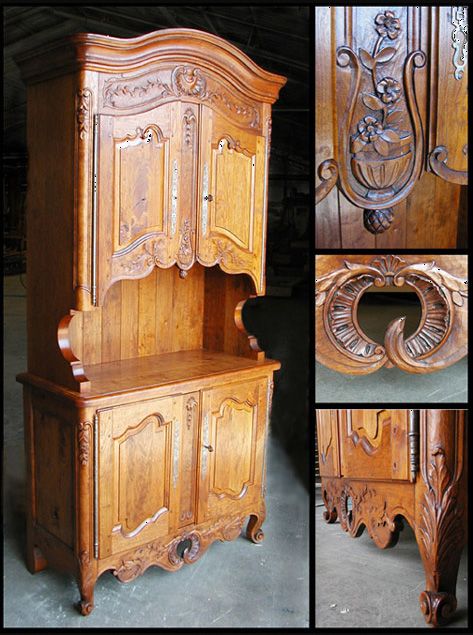Mother-of-Pearl Inlay
A few tips on laying mother-of-pearl into wood. November 12, 2006
Question
Can mother-of-pearl be inlaid into solid wood?
Forum Responses
(Furniture Making Forum)
From contributor P:
Yes.
From the original questioner:
What type of glue is used to affix the inlay?
From contributor R:
You can use either epoxy or cyanoacrylate (super glue). In one of his books on guitar repair, Don Teeter describes a technique where the inlay is inset and filler material (fine sawdust) is packed around it to fill the gaps. Then super glue is applied, soaking in and solidifying everything. Works good!
From contributor T:
Been done for hundreds of years! So I guess hide glue works, too.
From the original questioner:
Thank you. I wasn't sure if the inlays should be laid into a veneered panel, given solid wood's movement with moisture and heat - I did not want the inlay to lift or peel over time.
From contributor P:
All of the MOP inlay I have seen has been small pieces and bands, mostly laid directly into solid wood. I think that the small size of the inlays prevents problems with wood movement. Incidentally, there are astonishing examples of MOP inlay work in Indian and Arabic furniture.
From contributor B:
I have a MOP inlay of my signature (or part of it) in a guitar headstock, surrounded by veneer over solid wood. I veneered the body with some flame sycamore (tiger maple) and refinished the guitar (a thin-line semi-hollow body electric), but I had the inlay work done at a luthier's shop where the refretting was done. The artisan let me be a bit of a pain and I saw each step of the process. First he used my paper drawing of the design, which he cut with an exacto knife and then glued to the surface of the pearl blank (instead of transferring the design). The mother of pearl blank was then cut out with a jeweler's/fret saw and temporarily crazy-glued to the work piece where it would be inlayed. He then traced around it with a fine scribe and popped off the pearl. The inlay mortise was cut with a Dremel tool on a mini router base. The inlay was then glued in place and filed and sanded flush before I sprayed the final coats of finish over the top. You could use a clear water-based grain filler if there is any gap, but in my case it wasn't necessary and there is no visible glue line. The inlay was a little less than 1/8 inch thick, surrounded by walnut veneer over solid maple. It looks fantastic.
There's a huge difference between real mother of pearl and the plastic composites that guitar manufacturers are using now (known in the trade as "mother of toilet seat"). Having seen it done, I don't believe it would be difficult to try so long as you're not trying some of the elaborate tattoo-parlor inspired designs that tend to turn up in some of the art studios. As for glue, I agree with contributor R.
